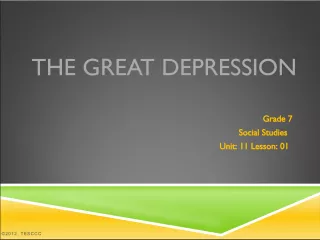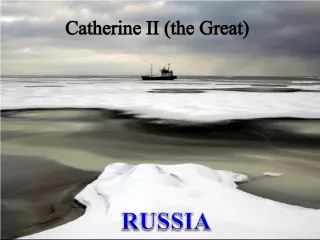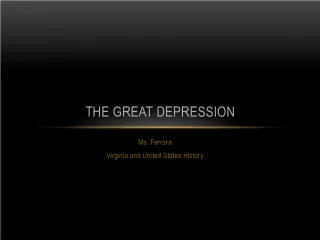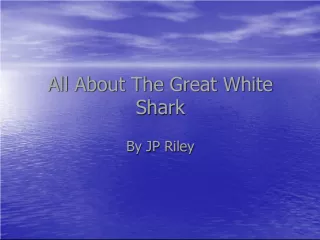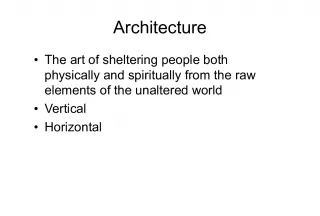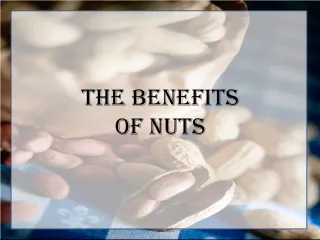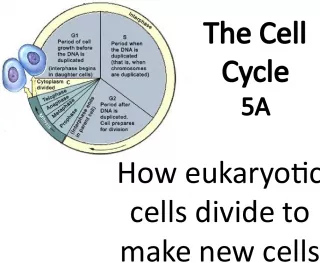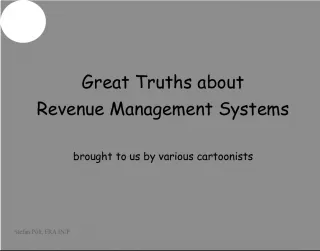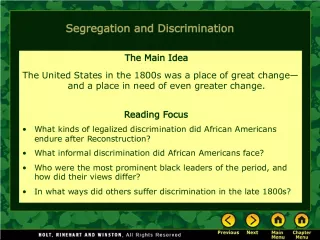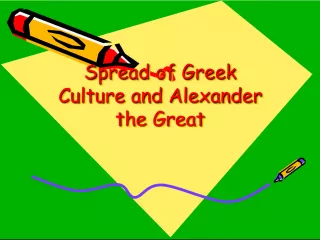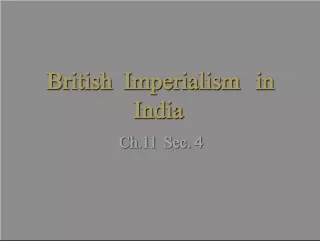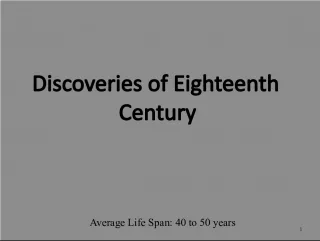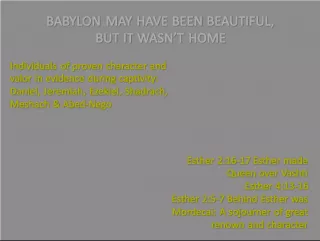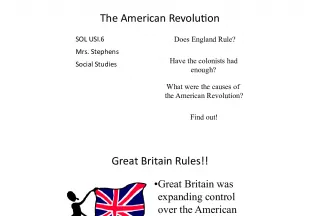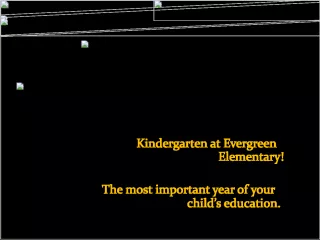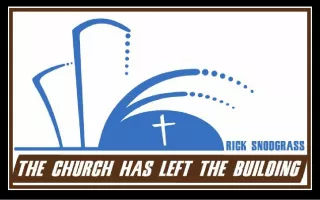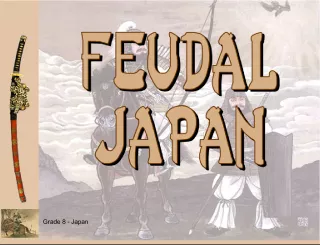"The Great Mahele: The Great Divide"


This article explores the factors that influenced the people of the Mahele in their decision making regarding land ownership. Before European contact, private ownership of land was not a concept in
- Uploaded on | 1 Views
-
 prithvi
prithvi
About "The Great Mahele: The Great Divide"
PowerPoint presentation about '"The Great Mahele: The Great Divide"'. This presentation describes the topic on This article explores the factors that influenced the people of the Mahele in their decision making regarding land ownership. Before European contact, private ownership of land was not a concept in. The key topics included in this slideshow are . Download this presentation absolutely free.
Presentation Transcript
Slide1The Great Mahele:The Great Divide Target: Describe the factors (people, issues, events, etc.) that influenced the people of the Mahele in their decision making
Slide2The Aina• Before European contact, private ownership of land was an unknown concept in the islands – Hawaiians reinforce the idea of land stewardship , rather than ownership
Slide3The basic Hawaiian landunit was the Ahupua’a, a self sufficient, portion of land, which incorporated both agricultural and ocean resource. AHUPUA’A
Slide4Kamehameha I was the first to givelands away • John Parker- Cattle lands • John Young and Issac Davis- Kamehameha I advisors • After the Kam. I dies, the kapu system of land distribution ends. John Young John Palmer Parker
Slide5Liholiho allows Kamehameha I chiefsand foreigners to retain land • Land holdings increase for lower chiefs and foreigners • Ka’ahumanu Oks land distribution to missionaries
Slide6In 1825, Kamehameha III ascends tothe throne at age 12 • A council of high chiefs allows lower or smaller chiefs to retain their lands, and permit hereditary succession of land. • What does this mean? • In 1840, Kam. III writes a constitution that defines land entitlement as follows: – Rights of the land belongs to the chiefs and all the people, with the King as trustee • What does this mean?
Slide7Foreigners pressure• Foreigners increase pressure on Kamehameha III to change land tenureship and to protect their agricultural interest and gowth Theo H. Davis Alexander Cartwright
Slide8vocabulary. post it activity: copy the word on the postit and write the definition on the paperand use it in a sentence, then cover it with the post it. • Stewardship - the duties and obligations of a steward over the environment • Fee-simple - to purchase land for private ownership • Tenureship - the holding or possessing of anything • Entitlement - having a right to something.
Slide9The Great Mahele• Activity: If you were King or Queen, how would you divide Hawai’i’s land? Make a circle graph dividing the lands of the kingdom, by percentage, among the king, chiefs and the commoners. Find a distribution that is fair to all three parties. Discuss this with your partner about the land distribution. You should come to a consensus and explain why you divided the lands that way.
Slide10The Great Mahele of 1848 - 1850• Who should possess four million acres of land? ( left column under . . .Mahele ) • Read and write an appropriate response to each of the plan below (cornell notes) Plan I Plan II Plan III
Slide11Kuleana Act of 1850• It authorized the Land Commission to award fee simple title to native Hawaiians who occupied and cultivated any portion of the crown, government or konohiki land. But they must prove ownership by: 1. Land survey 2. File a claim w/ LC 3. Prove that the land being claimed can earned a living Konohiki- a headman of a Hawaiian land division ON the left side, create a circle graph of the Kuleana Act and label them with the correct data and information. Create a key. See example
Slide12Title: ___________KEY: % GROUPS AMOUNT KING/QUEEN CHIEFS Government COMMONERS TOTAL LAND USE: _________ Reason/explanation : Left side of notebook
Slide13Homework: Bernice Pauahi Bishop• Reade the story of Bernice Pauahi, and answer the 5 Ws of the Historical Event organizer with relevant and important information. who What Where Why When Driving Question Title: Name of Person
